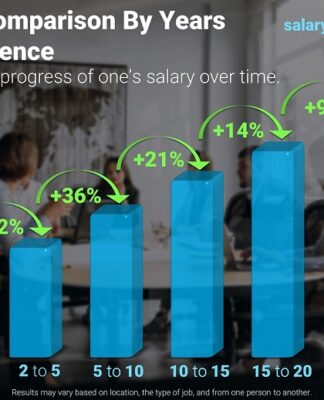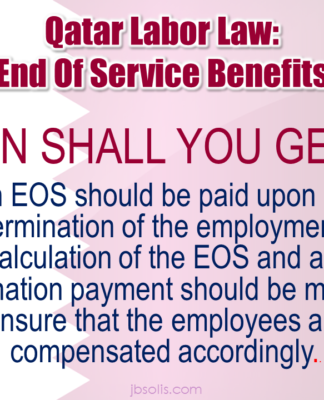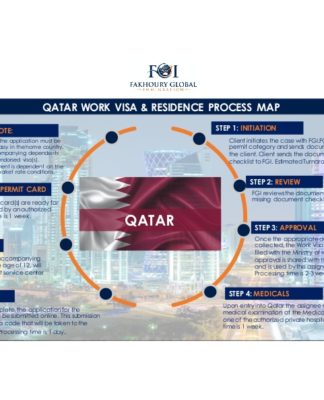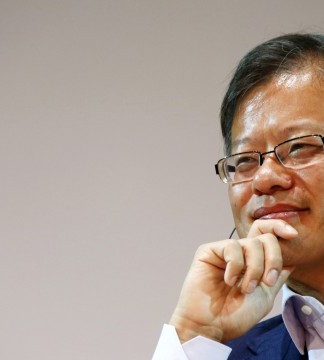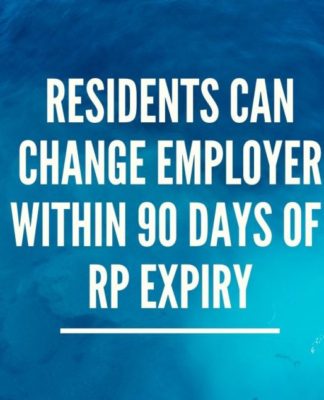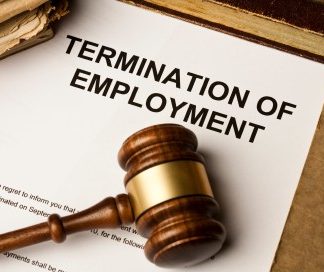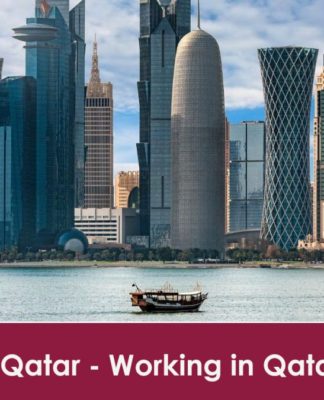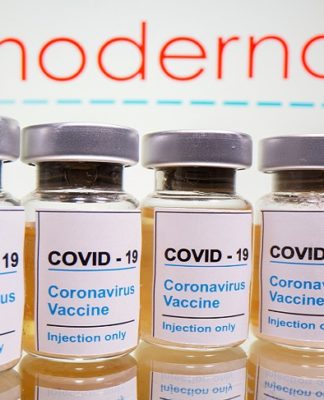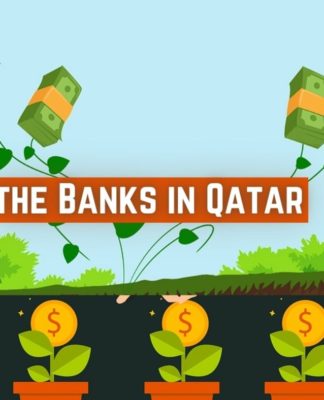US interest rates increased despite worst banking turmoil since 2008
The Fed says the US banking system is sound and resilient but the effects of recent banking collapses and rescues is unknown.
Sarah Taaffe-Maguire
Business reporter @taaffems
Wednesday 22 March 2023 20:56, UK
Federal Reserve Chairman Jerome Powell arrives at his news conference following the two-day meeting of the Federal Open Market Committee (FOMC) meeting on interest rate policy in Washington, U.S., January 29, 2020
Image:
Fed chair Jerome Powell previously floated the idea of a 0.5 percentage points increase
Why you can trust Sky News
The Federal Reserve – the US central bank, known as the Fed – has increased interest rates for the ninth time in a row.
The rate has been increased by 0.25 percentage points in an effort to bring down inflation, which in the US stood at 6% over the 12 months to February.
A higher increase had been expected prior to the collapse of Silicon Valley Bank, the rescue of regional US banks and the takeover of Credit Suisse.
At the start of this month, before the worst banking turmoil since 2008 began, Fed chair Jerome Powell had floated the idea of a 0.5 percentage points increase, a speeding up of rate increases. Last month the programme of rate hikes was slowed when the Fed instituted a 0.25 percentage points rise.
High interest rates lead to higher profits for lenders but also put pressure on banks as some government bonds, state IOUs, lose value.
Following Wednesday’s increase, US interest rates stand at 4.75% to 5%, up from 4.5% to 4.75% since the last increase in February.
Should we be worried about our banks?
3:36
Play Video – A five-point guide to the banking panic of 2023
A five-point guide to the banking panic of 2023
In the US, the interest rate is a range, rather than a single percentage – as in the UK – because the Fed is not permitted to set a specific number.
A target rate is instead set as a guide for banks to follow.
Some economists had expected the Fed to pause rate rises all together.
Addressing banking concerns, the Fed said the US banking system is sound and resilient but the effects of recent developments is unknown.
“Recent developments are likely to result in tighter credit conditions for households and businesses and to weigh on economic activity, hiring, and inflation. The extent of these effects is uncertain.”
Tighter conditions are equivalent to an interest rate hike and perhaps may be more impactful, Mr Powell said.
Ed Conway
3:10
Play Video – US interest rates increase
US Federal Reserve increases interest rates for ninth time in a row
“Such a tightening of financial conditions would work in the same direction as rate tightening in principle. As a matter of fact, you can think of it as being the equivalent of a rate hike, or perhaps more than that, of course, it’s not possible to make that assessment assessment today with any precision whatsoever.”
Read more:
A five-stop tour through the banking panic of 2023
Inflation rise surprised even the Bank of England – and now interest rate hike looks near-certain
EYES NOW ON THE BANK OF ENGLAND AFTER SURPRISE UK INFLATION FIGURES
Ed Conway – Economics editor
Ed Conway
Economics & data editor
@EdConwaySky
A lot of people were looking at what the Federal Reserve were going to do.
Of course they are the US central bank, the equivalent of the Bank of England in the UK, and they are deciding not just monetary policy, so interest rates, quantitative easing all of that stuff, but they also monitor and regulate financial stability.
And that’s really important because of course, we all know what’s happened over the course of the last few weeks.
You’ve had big problems in US banks, you’ve had the collapse of Silicon Valley Bank, Silvergate, Signature Bank, some other banks there as well, and a lot of concerns that the intervention from the Fed and its other authorities like the Treasury, and the FDIC (Federal Deposit Insurance Corporation) hasn’t actually helped, it’s made people a little bit more nervous.
So put all of that together and there were some question marks about whether the Federal Reserve was going to raise interest rates as much as a lot of people had expected.
Let’s have a look at the actual rates and what they’ve done.
After financial crisis rates were already pretty low but they went even lower after COVID-19 but they have come up fast in the course of the last year or so, an extraordinary rise, nine increases.
And the question, of course, was whether this latest increase was going to be half a percentage point or a quarter of a percentage point and they’d gone for a quarter so up to 5%.
But this is interesting because a lot of people thought up until quite recently, they were going to go higher, they were going to go up towards well above 5%.
And the reason they haven’t is kind of interesting, because the Federal Reserve and its chairman Jay Powell and in the press conference that followed that decision emphasising the concern was that the financial system is struggling with the impact of these higher interest rates.
And that is basically raising some questions about whether the Fed is going to raise interest rates quite as much as people recently thought.
That’s relevant for the UK because the Bank of England is set to decide on its interest rate, those rates are at a 4% at the moment, a lot of people thought they were going to be maybe paused because of this concern about what’s going on with the financial system.
But then along came those high inflation numbers that we’ve just got, up to 10.4%, higher than expected.
Of course, the bank’s job is to try and target inflation.
So now people think they’re going to raise interest rates in the UK, maybe by a quarter percentage point.
We’ll have to wait and see what they do, we’ll have to wait and see what governor Andrew Bailey has to say about that.
But it is now a tense moment because with these rates quite so high, a lot of people worry that the financial system is starting to squeak a bit.
A rate rethink
Speaking on Wednesday Mr Powell said ongoing interest rate increases are no longer appropriate to bring inflation down to its 2% target. Instead, he said “some” additional raises “may be appropriate”.
Addressing the banking turmoil, he said: “we are committed to learning the lessons from this episode, and to work to prevent episodes from events like this from happening again.”
It was also the first time since December that the Fed issued interest rate projections.
Listen and subscribe to The Ian King Business Podcast here
GDP, a measure of economic output and of economic health, will be just 0.4% this year, Mr Powell said, and is forecast to increase to 1.2% next year, well below the growth rate many politicians would hope for.
The unemployment rate is expected to rise to 4.5% at the end of this year and 4.6% at the end of next year.
Related Topics
Interest Rates
Banking
Banks

















